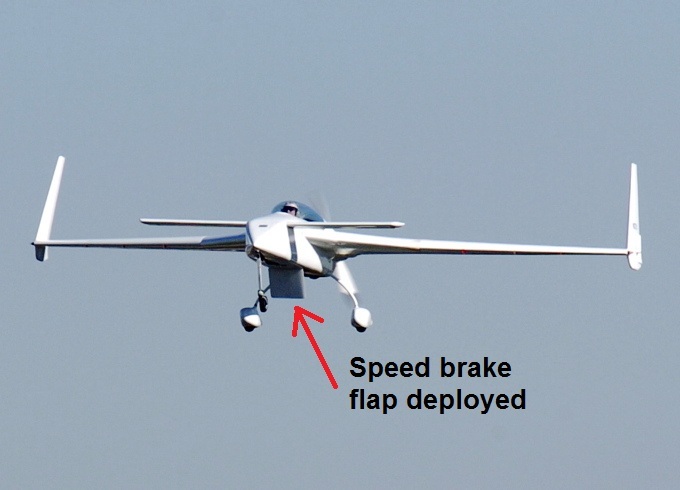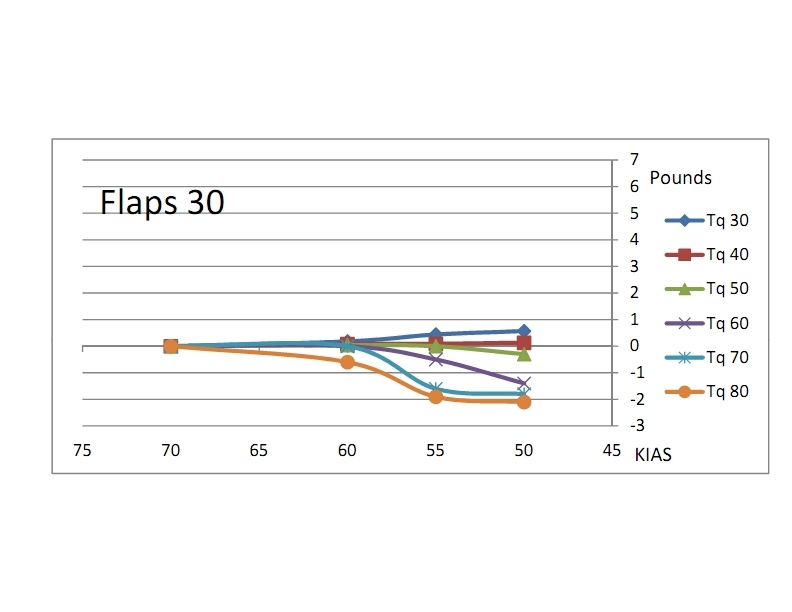Peter wrote:
but why are our planes thus designed? They are wasting fuel
That’s correct. But it’s not that evident that other configurations will be clearly better overall either.
The first ever aeroplane, the Wright Flyer, had a canard configuration!
If you consider a canard configuration, one of its problems is that the downwash of the canard reduces the effective angle of attack of the wing behind. To compensate, a higher AoA is required when compared to a conventional tail configuration, thereby increasing induced drag and potentially eliminating the positive benefit of the canard lift pointing upwards.
There are several other issues about using a canard configuration in a light GA aircraft:
Aircraft configuration design is mostly always a balancing act of drawbacks. The overall “best” configuration is a result of several things, one of them being how do you define “best” in the first place!
The biggest downside for a canard aircraft is the inability to lift the nose for takeoff at minimum flying airspeed, given relatively low angle of attack in ground attitude and no ability to rotate without lifting a lot of weight. This leads to e.g. the technique of bouncing a Longeze on its nose strut on the takeoff roll to achieve canard lift and rotation at lower airspeed. Otherwise runway length is longer for takeoff. Tailwheel canard aircraft like the Quickie or Dragonfly are better in this regard, they just fly off from three point attitude without rotation, but have other issues shared with tailwheel planes in general.
The other issue is implementing flaps on both surfaces without complexity or imbalance. Light canard aircraft typically do without them and the increased lift they might otherwise provide. Sometimes a simple aerodynamic drag brake is used instead.

What an interesting discussion! You guys are really good teachers. I had always thought that the canard will help to reduce landing speed etc – but now when I think what Alpha_Floor mentioned, it is quite clear that as the front wing must stall with higer speed than the main wing, you cannot land by stalling the plane – the nose would hit the ground while wings are still lifting. Never understood that before. Thanks a lot!
But back to the original question, which I have as well thought about several times. I always explain it to myself like this: if the tail was lifting upward (& no computer assistance), it might be possible if the profile could be planned so that the lift is reduced in fast rate when the tail turns up (= angle of attack is reduced) and the lift increases as strongly when the tail goes down. Then the plane might stay in balance – but that may be pretty difficult to achieve.
Instead, lifting down is very simple: if the tail sinks down, this negative aoa is reduced and the “lift” as well, so the tail climbs back up. And when the tail moves up, in the same way the aoa increases and pushes the tail back down. Very simple and safe in my opinion. The small negative result is naturally the added “weight” to carry on…
Alpha_Floor wrote:
For stall recovery what matters is that wing stalls before the HTP.
Further more if the HTP is providing a downforce and it subsequently stalls the downforce will reduce and the nose will drop which is good thing, Also in this configuration if the if the HTP did stall full forward stick would tend to unstall it because you have reduced the effective camber.
All this is reversed if the HTP configured to provided a upward force.
Peter wrote:
They are wasting fuel, via the elevator AoA needed to produce the balancing force.
That is assuming that the wing and HTP operate in isolation, which is an false assumption they don’t. Not saying you can’t make it better, but the HTP will likely have an effect on the induced drag on the wing.
I’m imagining a plane flying level at nearly max wing AoA, stick almost all the way back, aircraft 13 degrees nose up with elevator deflected 25 degrees up relative to the fixed horizonal tail. Power is on to maintain level flight in that high drag condition. Anybody care to describe the airflow over the horizonal tail assembly? 
Silvaire wrote:
I’m imagining a plane flying level at nearly max wing AoA, stick almost all the way back, aircraft 13 degrees nose up with elevator deflected 25 degrees up relative to the fixed horizonal tail. Power is on to maintain level flight in that high drag condition. Anybody care to describe the airflow over the horizonal tail assembly?
The circulation around the HTP would be downward on the leading edge and also downward on the trailing edge of the wing, so the wing may actually produce more lift, though probably not enough to fix the drag problem you have in that example.  I guess that is why we have wind tunnels.
I guess that is why we have wind tunnels.
During flight testing for a modification (unrelated to pitch control) I found the Siai Marchetti 1019 to have some unusual pitch tenancies, and control forces. I mapped the pitch control forces at all flap and power settings, here’s 30 flap (which is an approved takeoff flap setting):

On that graph, “Tq” refers to % torque, as an indicator of power applied (it’s a turbine, not piston)
Here’s a photo I took of the elevator position during completely level (though not trimmed) flight, well within the C of G limits. I was back seat for that flight, while I trained the company pilot as to some of the odd characteristics I had found during testing.
I’m not experienced enough to be able to articulate all the aspects of pitch control and stability. But, I can say that after a number of very unpleasant pitch related experiences in GA airplanes, the final designs seem to incorporate a lot of compromise to assure that the plane will behave in a safe and compliant way throughout it’s operating envelope, without mechanically complex and vulnerable systems to change aerodynamics. Sure, in simple cruise flight, you could completely unload the HTP, but if the phase of flight changes, a drastic aerodynamic or C of G change would have to precede that change of flight to assure that the plane was safe. in the phase you’re entering.
Peter wrote:
My brain is fully stretched now and I still don’t get it.
I’m not sure I get it either, but let’s consider a different view. It’s all about the center of lift vs the center of gravity, but such an approach doesn’t really explain why the tail lifts downward. Another complicated matter is the aircraft is not “fixed” in the air. It is free to move around. It’s free to move and rotate, and there are inertia in all directions and rotations.
For static stability, if the CG is fwd of the lifting point of the wing, then the tail must lift down, or else the aircraft will pitch down.
If the CG is aft of the lifting point of the wing, then the tail must lift up, or else the aircraft will pitch up.

The aircraft is fixed by springs, but free to move. It’s in perfect trim. The stick is momentarily pulled, then released. What will happen is the aircraft will rotate around its CG in clockwise direction. The AOA of the wing will increase, and the pull of the wing “spring” will increase. The aircraft is pulled and accelerated up. Since that pull is aft of the CG, and because of inertia, the pull of the wing spring will pitch the nose down. This is dynamic stability. The inertial forces caused by an external force will counteract the external forces (a pull on the stick is an external force in this respect)
For the bottom aircraft, what will happen is the pull on the stick will cause the aircraft to rotate around its CG exactly as before. The AOA of the wing will increase, and the pull of the wing spring will increase. However, this time the pull of the wing spring is fwd of the CG, thus the inertia of the aircraft will cause it to pitch up even more – it’s unstable.
I think there have been some excellent reasoning on here and @Alpha_Floor has certainly had a damn good crack at explaining things as simply as possible. But some of us poor souls get a bit overwhelmed with all the science and when I can’t see the wood for the trees I tend to try to find a different if related subject which because it is not trying to explain something(in this case download v upload of an elevator) actually appears to explain it in words that the poor souls of the world can understand.
In my case I found this eureka moment in a study of Va and why it is lower at lighter loads.
A few years back I got quite puzzled by these stability questions. In particular, it bothered me that if you hold constant aileron, the aircraft will cheerfully just keep on rolling. But if you hold constant elevator, it stabiises. Why?
In the end I sat down and wrote out all the equations for longitudinal stability. It’s not particularly hard, a couple of pages of algebra taking into account:
- the lift must be equal to the weight (mass x g) of the aircraft
- the centre of lift must coincide with the centre of gravity
I still have my notes somewhere but they’re in a container which (or may not) show up in France in the next few weeks, and then may or may not get unpacked sometime in the next decade or two.